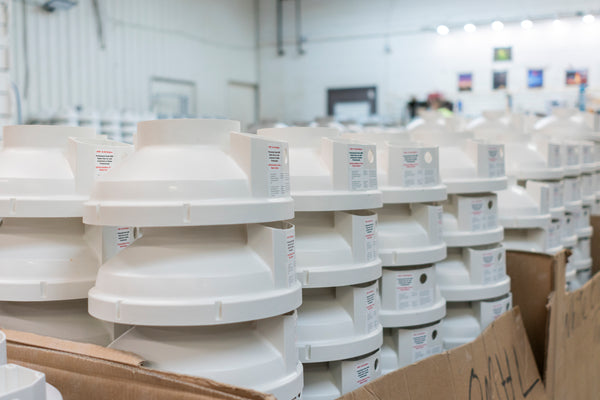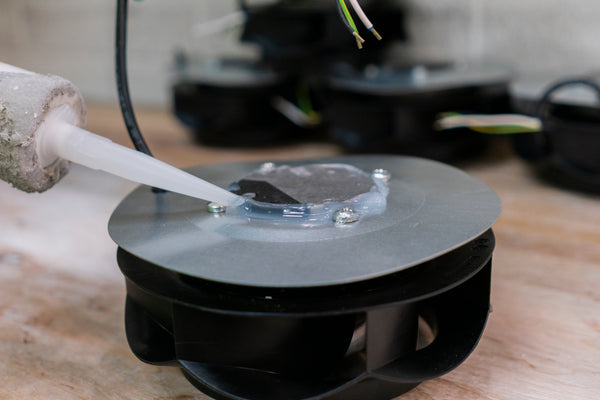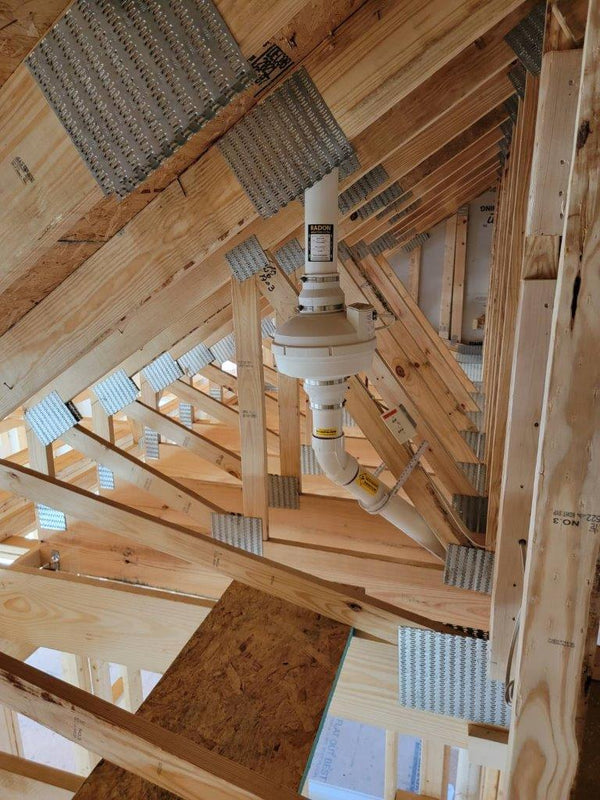
What You Should Know About Radon Before Building a New Home
When building a new house, it’s easy to imagine all the good things that will take place within its walls. That’s important, but don’t let it distract you from the potential hazards that also come with home ownership. As you consider factors like location, design, materials, and the surrounding community, don’t forget to test for radon and set up mitigation efforts if it’s present. Here’s what you should know about radon before building a new home.
What Is Radon?
Radon is what results as radium breaks down deep inside the earth. Radon gas slowly works its way up through the ground. Once it reaches the surface, it disperses—usually. If it encounters a structure, say a home or other building, it finds cracks and holes in the foundation and sneaks into the lower levels of the building. Once there, it collects and may enter the residents’ lungs if it doesn’t disperse. That’s bad because once radon is in the lungs, it may cause lung cancer and other respiratory issues. That’s scary stuff. Fortunately, there are still ways to prevent radon from spreading throughout your future home.
Fighting Radon Through Construction
Here are methods to design your home’s construction to minimize radon exposure.
Site Evaluation
Before the groundbreaking for your new home, you should evaluate your property’s potential for radon. The Environmental Protection Agency (EPA) monitors the country for the presence and levels of radon in each county. Check out the EPA’s site for the official radon map to see how your part of the country measures in radon. Additionally, your state likely has a program in place to chart the presence of radon in your neighborhood.
Radon-Resistant Construction Techniques
Construction companies and contractors are savvier about radon than companies of the past. As such, most modern homes include materials and systems that reduce radon levels. Before the walls go up, construction crews can create gas-permeable layers of gravel below the eventual foundation. These direct the radon toward a mitigation system that uses ventilation and fans to funnel radon out of the ground and into the air outside. They can also stretch out plastic sheeting and fasten it within the crawl space and other areas, preventing radon from passing. Caulking cracks in the basement floor and foundation helps keep radon out as well.
Keep Testing!
Even if you employ all the above methods, periodic radon testing is still a good idea. You can purchase a testing kit online or at your local hardware store to keep track of the radon levels in the basement in the coming years. Professional testers provide more accurate results, so consider hiring one every two years to see where your home’s radon levels are and whether further mitigation techniques are necessary.
That’s what you should know about radon before building a new home. If you need more information, want to test for radon, or need a consultation about next steps, contact us today! We offer testing kits and necessary equipment, such as radon fan covers. We look forward to hearing from you!





